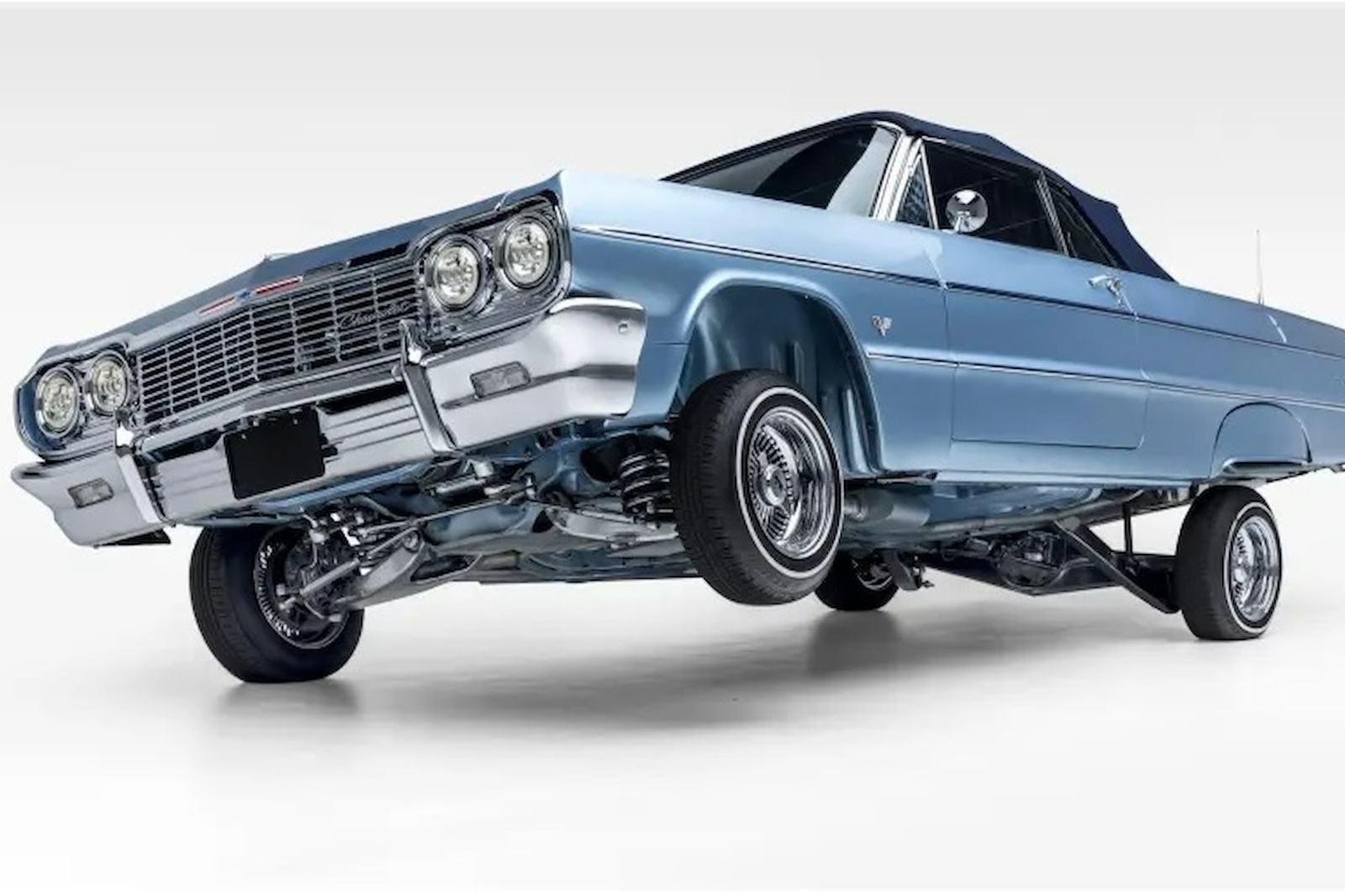
History Of Lowriders: The Beginnings Of Defiance
Like all forms of self-expression, the lowrider traces its roots in rebellion, a raw fist in the air against the established status quo.
One obscure account traces the phenomenon to the arrival of Mexican immigrants in El Paso, Texas, in the 1930s, where they were set to work at a large shoe manufacturing plant. They would often declare “Para shoe co” (for the shoe company) to border agents, the phrase eventually becoming the sobriquet pachuco.
As true hot-blooded young men, the pachucos were often at odds with authorities and the predominantly white community. One of their notable acts of expression was wearing zoot suits to emulate the gangster lifestyle and impress the ladies, something which was frowned upon in the 1940s as the flamboyant clothes were considered wasteful in the face of rationing during the war.
This culminated in the 1943 Zoot Suit Riots in Los Angeles, where hordes of US servicemen would beat and harass Latino men and boys over the course of five nights.
The Cars As Canvas
One popular belief stoking the pachuco folk hero mythos was that they were serial bootleggers with contraband stowed in the trunk. This was an accepted explanation as to why their cars sat so low.
Soon, other Latinos began to deliberately lower their cars’ suspension systems, hoping to somewhat capitalize on this notoriety. By the end of World War II in 1945, car culture in America was in full swing, and the trend among the white set was to alter stock cars to squeeze out more power, as in hot rods.
Mexican-American veterans coming home from the war also tinkered with their machines, but for an entirely different purpose: emphasizing style and self-identity instead of speed.

